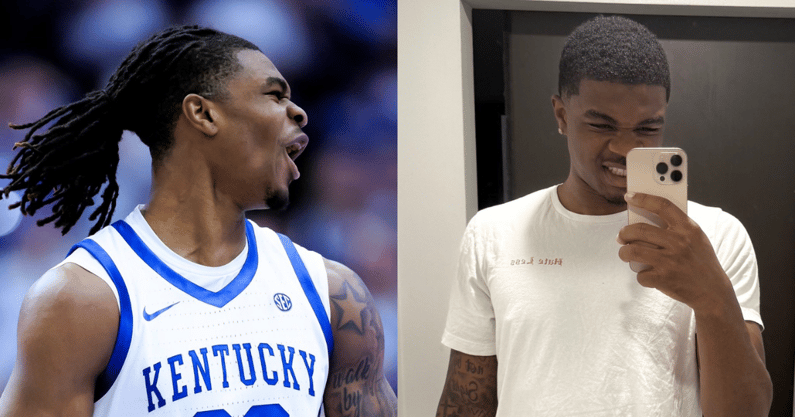Jeff Goodman Questions Kentucky’s Loaded Roster: “14 Players is a Lot of Mouths to Feed”
In the ever-changing landscape of college basketball, roster construction has become a critical balancing act—one that Kentucky head coach Mark Pope will need to manage with precision in his first season at the helm. National college basketball analyst Jeff Goodman raised eyebrows this week when he expressed concern about the sheer depth of Kentucky’s roster, asking a question that many around the sport have likely wondered: *“Can a team have too many good players?”*
In a segment for The Field of 68 and on social media, Goodman pointed directly at Kentucky’s 2024-25 roster overhaul, suggesting that 14 scholarship-level players might be more of a challenge than a luxury.
“Fourteen players is a lot of mouths to feed,” Goodman said. “You can’t keep all those guys happy, especially in today’s game where players expect minutes and immediate roles. You better be able to manage egos, or it can unravel quickly.”
Pope, who was hired to replace John Calipari earlier this month, has hit the ground running in Lexington. In just a few weeks, he has assembled a roster that combines returning Wildcats, elite freshmen, and several high-profile transfers, including Koby Brea (Dayton), Kerr Kriisa (West Virginia), and Oumar Ballo (Arizona). The group also includes former BYU standouts who followed Pope to Kentucky, as well as top-100 recruits looking to make their mark.
On paper, the talent is undeniable. Kentucky has length, experience, shooting, and athleticism at every position. But Goodman’s comments underline a more complex issue: team chemistry.
“Managing a rotation is going to be the real test,” Goodman continued. “You can only play seven or eight guys meaningful minutes. What happens to the five or six who are on the outside looking in?”
Indeed, for all the praise Pope has received for quickly retooling the roster, the next challenge will be building roles and cohesion. Players like Brea and Kriisa expect to play significant minutes after transferring for better opportunities. Returners like D.J. Wagner and Adou Thiero may not be content with reduced roles. And Pope’s own recruits will want development and visibility—particularly if the NBA is their long-term goal.
Yet, Pope isn’t a stranger to balancing rosters. At BYU, he often worked with deep rotations and emphasized ball movement and sharing the load. Still, the pressure and spotlight in Lexington are unlike anywhere else.
Kentucky fans are optimistic about the new direction and energized by the influx of proven talent. But as Goodman cautioned, success won’t just be about who’s on the roster—it’ll be about how Pope manages it.
“The best teams aren’t always the ones with the most stars,” Goodman said. “They’re the ones who buy into roles and play for each other. That’s going to be Pope’s biggest hurdle.”
As summer workouts approach, all eyes will be on how the Wildcats gel. On paper, they have the pieces to compete for an SEC title and make a deep NCAA Tournament run. But as Goodman’s comments suggest, the true test may be whether Pope can get 14 mouths to eat from the same plate—without anyone going hungry.




